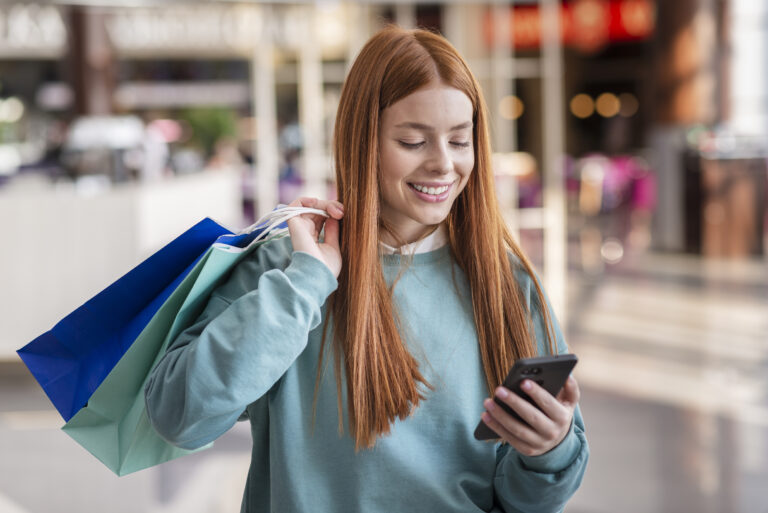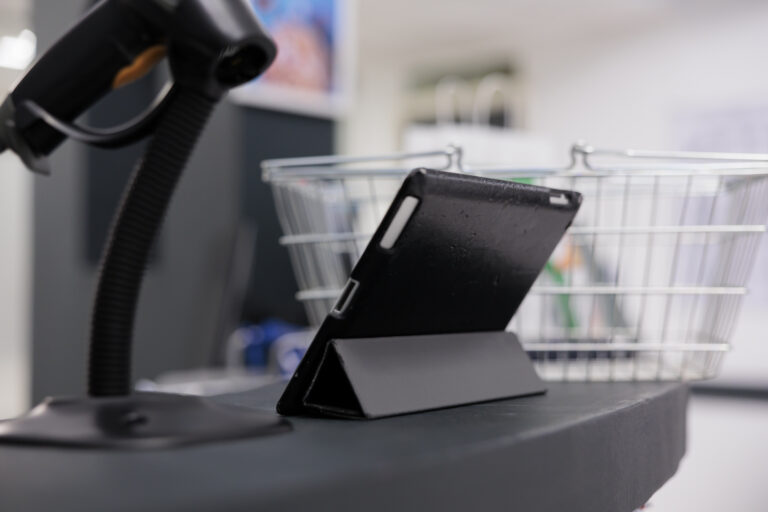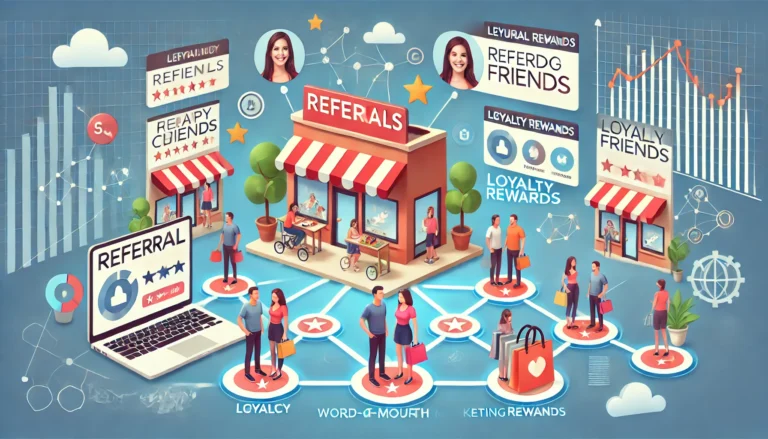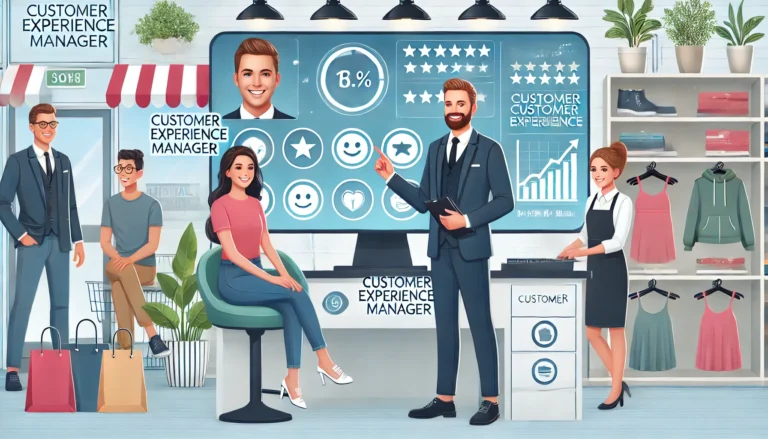Beyond Your Loyalty Card: Capturing the Complete Customer Journey in Supermarkets
In today’s competitive grocery landscape, supermarket chains have made impressive strides in loyalty marketing. Your robust programmes offer personalised offers, points systems, and tailored promotions that effectively drive repeat purchases from enrolled customers. The data captured through these schemes has become invaluable—powering everything from store layouts to inventory management.
But even the most successful loyalty programmes have their limits. Industry analysts estimate that even well-established supermarket loyalty programmes typically capture data from only 30-40% of total transactions, according to a 2023 Global Grocery Retail Data Report by dunnhumby.[1] This leaves a substantial 60-70% of your customers as virtual strangers.
The Growing Competitive Pressure
The grocery market has become increasingly competitive, with traditional supermarkets facing pressure from discounters, online specialists, and convenience formats. In this environment, customer retention has become crucial to sustainable growth.
Building strong relationships with customers is more important than ever, as the cost of acquiring new shoppers far exceeds the investment required to retain existing ones. McKinsey research shows that increasing customer retention by just 5% can increase profits by 25-95%.[2]
However, the challenge remains: how do you build relationships with customers who haven’t joined your loyalty programme? And how do you reach that significant 60-70% who remain anonymous despite regular visits to your stores?
Approaches to Reaching Non-Loyalty Customers
Supermarkets have explored various methods to understand and engage non-loyalty customers, each with distinct advantages and limitations:
1. Anonymous Tracking Solutions
In-store cameras and footfall analysis use advanced technology to track customer movements and basic demographics.
Benefits:
- Understand broad traffic patterns and store journey paths
- Analyse dwell time in different departments
- Measure conversion rates in specific areas
- Track basic demographic information (age range, gender)
Drawbacks:
- No connection to individual customers
- Cannot link behaviour to actual purchases
- Limited ability to create personalised experiences
- No mechanism for ongoing communication
- Privacy concerns may create negative customer perceptions
A major grocery retailer implemented advanced camera analytics but found that while it improved operational decisions, it did little to enhance individual customer relationships or drive personalised marketing, according to a case study in Retail Systems Research 2023.[3]
2. WhatsApp Business Channel
Several supermarkets have implemented WhatsApp business channels to broadcast promotions and updates.
Benefits:
- High open rates (typically 90%+ compared to 20-30% for email)
- Immediate visibility on mobile devices
- Familiar platform that customers use daily
- Simple opt-in process
Drawbacks:
- Primarily one-way communication
- No personalisation based on purchase history
- Cannot identify individual customer transactions
- Message frequency limitations
- Limited analytics on customer engagement
Research from IGD Retail Analysis found that while WhatsApp channels achieved high visibility, they showed limited impact on spending patterns without purchase-based personalisation capabilities.[4]
3. App-Based Engagement Without Registration
Some retailers offer app features that don’t require full loyalty registration, such as store finders, product information, or basic offers.
Benefits:
- Lower barrier to initial engagement
- Opportunity to showcase loyalty benefits
- Potential for location-based notifications
- Platform for eventual loyalty conversion
Drawbacks:
- No purchase history linkage
- Limited personalisation capabilities
- Cannot connect in-store and digital behaviour
- High development and maintenance costs
- Typical retail app adoption rates remain low (15-25%)
The Grocer’s Technology Supplement reported that non-registered app users converted to loyalty members at only a 12% rate—significantly lower than other identification methods.[5]
4. Digital Receipts
Digital receipts offer perhaps the most promising approach for identifying and engaging non-loyalty customers at the moment of purchase.
Benefits:
- Direct 1:1 connection with otherwise anonymous customers
- Transaction-specific engagement based on actual purchases
- Frictionless identification at the point of sale
- Progressive profile building with each transaction
- Simplified pathway to loyalty programme registration
- Customer-controlled experience on their own device
- No forms or cards to complete—just a simple QR scan
A leading supermarket found that introducing simplified digital receipt options increased their customer identification rate by 12% within three months, capturing previously unknown shoppers who valued convenience over comprehensive rewards, according to data shared at the 2023 Retail Technology Show.[6]
Another major grocery retailer piloted a similar approach in selected regions, resulting in a 23% increase in previously unidentified customer capture, with 38% of these eventually converting to full loyalty membership, as documented in the Retail Week Customer Engagement Report 2024.[7]
Drawbacks:
- Many implementations deliver basic PDF receipts with limited engagement
- Missed opportunities for personalisation and ongoing communication
- Lack of integration with existing marketing channels
- Inconsistent implementation across store network
The Digital Receipt Opportunity
When properly implemented, digital receipts offer the most direct pathway to identifying and engaging your non-loyalty customers:
1. Progressive Relationship Building
Digital receipts create a foundation for gradually developing customer relationships:
- Initial identification through basic contact information
- Progressive profile enrichment with each transaction
- Personalised content based on actual purchase history
- Tailored invitation to loyalty programme when appropriate
One premium grocery retailer discovered that targeting their identification efforts on specific customer segments increased their success rate by 31% while reducing promotional costs, according to a case study published in the Grocery Trader’s Annual Technology Review 2023.[8]
2. Seamless Customer Experience
Unlike traditional loyalty sign-up processes that often create friction:
- Customers control their own information on their device
- No forms to complete or cards to carry
- Simple QR-based identification at checkout
- Multiple channel options (email, WhatsApp, SMS)
- Immediate value without registration barriers
A nationwide supermarket chain reported that implementing connected digital and in-store identification strategies increased their overall customer identification rate from 32% to 57% within six months, according to findings presented at the 2023 IDC Retail Insights Forum.[9]
3. Enhanced Data Collection
Rather than anonymous traffic data, digital receipts provide:
- Actual purchase data linked to individual customers
- Shopping frequency patterns
- Category preferences and price sensitivity
- Promotion response rates
- Cross-category purchasing behaviour
A retailer with both clothing and food offerings found that implementing multiple technology touchpoints for identification increased their customer recognition rate by 22% while enhancing the overall shopping experience, as reported in The Grocer’s Technology Supplement 2023.[10]
4. Loyalty Programme Growth
Digital receipts have proven to be effective pathways to loyalty programme adoption:
- Demonstrate value before requesting commitment
- Create personalised loyalty invitations based on purchase history
- Identify high-potential customers for targeted loyalty recruitment
- Simplify registration by leveraging already-captured information
The Financial Impact
The financial impact of expanding your identified customer base is substantial. Typically, when a previously anonymous shopper becomes identified:
- Average basket size increases 12-18% (Bain & Company Retail Customer Loyalty Study, 2023)[11]
- Visit frequency improves 15-25% (McKinsey Grocery Retail Analytics Report, 2024)[12]
- Category exploration expands by 20-30% (Nielsen Retail Measurement Services, 2023)[13]
- Retention rates increase by 35-45% (Deloitte Consumer Loyalty Benchmark, 2023)[14]
For a mid-sized supermarket chain, increasing identified transactions from 30% to 60% can translate to €15-20 million in incremental annual revenue, according to a 2023 analysis by retail consulting firm Kantar.[15]
How refive Can Help
While many digital receipt implementations deliver only basic functionality—typically static PDFs with limited engagement capabilities—refive offers a comprehensive solution designed specifically for grocery retailers:
- Frictionless customer identification through multiple channels (email, WhatsApp, SMS)
- Progressive profile enrichment with each transaction
- Personalised content based on actual purchase behaviour
- Seamless integration with existing loyalty programmes
- Multiple touchpoints throughout the customer journey
Supermarkets implementing refive’s solutions typically see:
- 25-35% increase in identified transactions within six months (refive Implementation Results Study, 2023)[16]
- Ability to access the 60-70% of customers previously invisible to marketing
- 8-12% improvement in customer retention metrics
- Significant improvement in marketing ROI through improved targeting
Conclusion
While your loyalty programme provides valuable insights into a portion of your customer base, the substantial percentage of unidentified shoppers represents both a challenge and an enormous opportunity. By implementing flexible identification options that complement your existing loyalty programme, you can gradually illuminate those blind spots in your customer understanding.
The result will be a more complete picture of shopper behaviour, enabling truly customer-centric decision making that drives growth across all segments—not just your most loyal customers. In today’s competitive grocery retail market, this comprehensive understanding may be your most sustainable advantage.
Want to learn how to transform basic digital receipts into powerful customer engagement tools? Chat with us about how refive can help you capture and engage that critical 60-70% of shoppers currently invisible to your marketing efforts.








